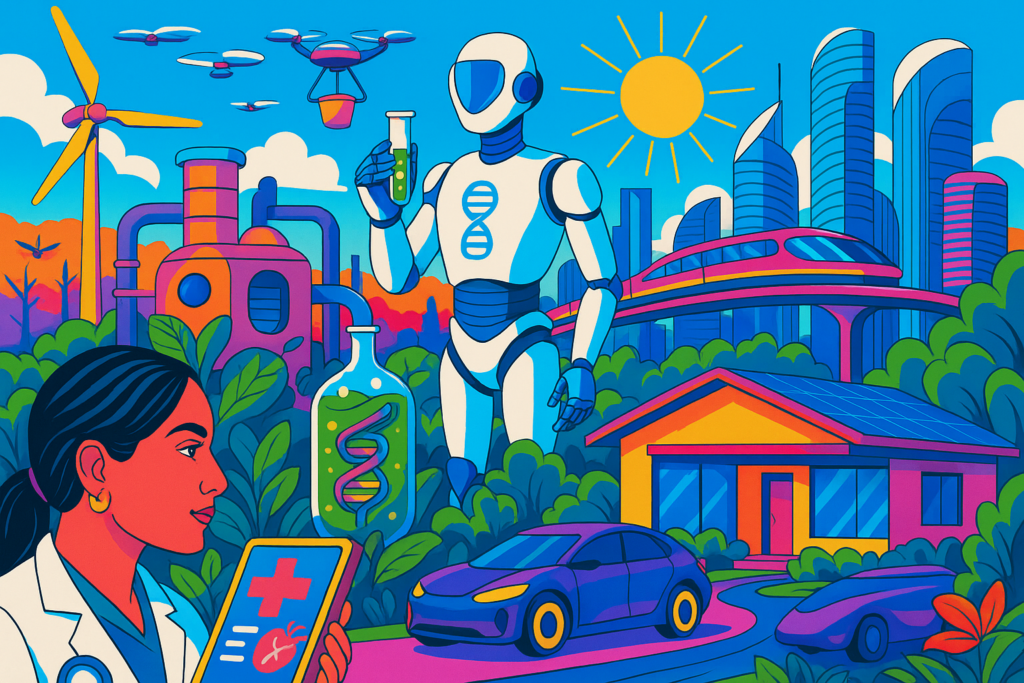The Engine of Purpose That Drives Successful Companies
Inside the healthy tensions that fueled us at Patagonia, and what entrepreneurs can learn as they themselves build for the long term
Vishal Vasishth |

I’d been at Patagonia for three years when I took over the Capilene line. The base layer brand wasn’t growing despite our category leadership, and our competitors were developing anti-odor technologies that threatened to take us down. My singular focus was to seek out a solution enabling us to maintain our market position, and in short order, we’d found it.
But there was a problem.
The tech we were hoping to source had questionable environmental impact, both in how it was manufactured and in its afterlife. As tended to happen at Patagonia, these issues surfaced quickly to our sustainability team who flat-out rejected it under a simple premise: We can’t accept business practices that fly in the face of what we stand for.
While I agreed wholeheartedly, I was also tasked with maintaining our #1 spot and driving profitable growth — and we couldn’t continue to “do the right thing” by the environment without keeping the lights on in our Ventura headquarters. Ultimately, the inherent tension in our purpose prevailed: Build the best product, cause no unnecessary harm, use business to inspire and implement solutions to the environmental crisis.
We decided against using the new tech.
Our patience and dedication to purpose paid off.
We discovered an alternative early the next year that was more functionally effective and considerably more sustainable. While it took longer to procure, the delay had negligible impact on our bottom line — and possibly, quite the opposite. Capiline turned into Patagonia’s fastest growing business at the time.
What makes Patagonia tick — and continue to, year after year — is the envy of founders/CEOs for one reason: It has build and continues to sustain a flywheel of activity that reinforces and drives durability, of its purpose.
The elements that enable this “optimal experience” stem first and foremost from the company’s purpose, and are supported by four interconnected levers: aligned culture, innovative product, social/environmental benefit, and profitable growth.
As an entrepreneur, establishing these from the get-go is — while challenging and tension-inducing, especially for startups focused on survival — essential.
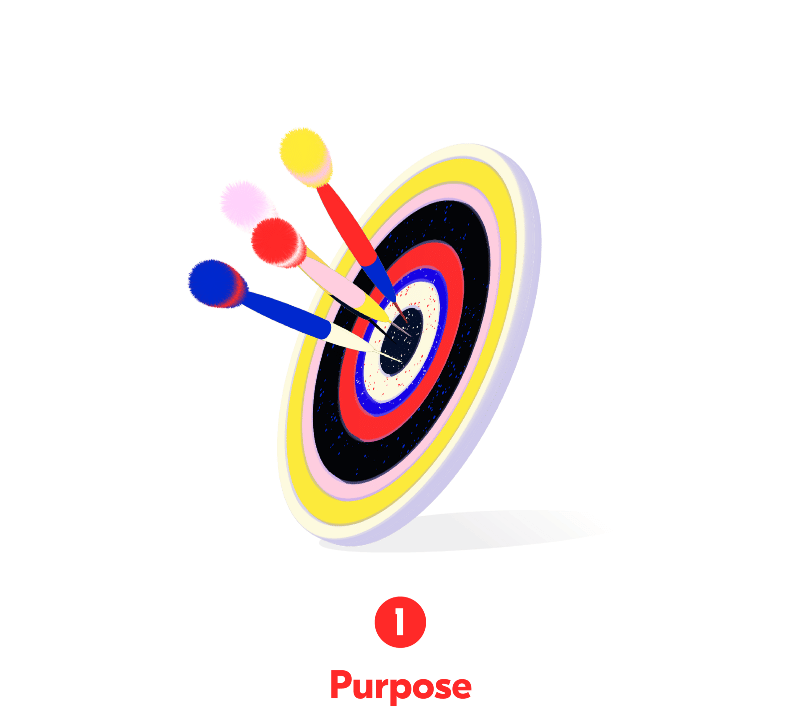
Make sure to articulate yours clearly, state with persistence, and revisit with frequency. All else within an organization stems from purpose, whether you’re a corporation of 100,000 or an outfit of one. Patagonia’s is clear, and it guided us through the Capiline sourcing challenge among countless others. A purpose is catalytic if and only if the founding team/leadership believe in it at their core. It can help transform a simple job or paycheck into an inspirational calling — something bigger than ourselves.
- Planet: Image the entire Earth every day, and make global change visible, accessible, and actionable.
- Virta Health: Reverse diabetes in 100M by 2025.
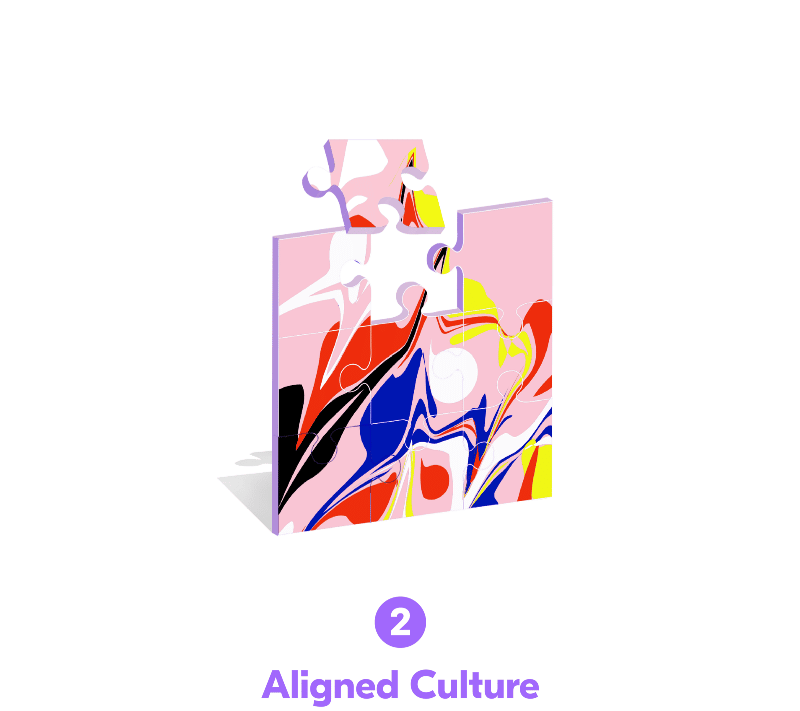
Develop consistency across the rules, tools, and norms of the company. From small gestures with guests to company-wide programs, defining clarity in “how we operate” will help drive predictability throughout various modes of operation — and especially when navigating critical, challenging situations. At Patagonia, we had a way of elevating tensions like the story above to keep ourselves aligned. One should apply the same strategic mindset to nurturing culture as to product development. I am a big fan of having unique norms that amplify elements of culture everyday. This approach is more vocal versus having lofty statements on posters across the company — and as Brian Chesky says, “culture is forever.”
- Gusto: Sends welcoming signals to employees and visitors by asking people to take off their shoes upon walking in the office.
- Good Eggs: The team (and guests) sit down for lunch together everyday, with chefs explaining how the food was prepared and where it came from.
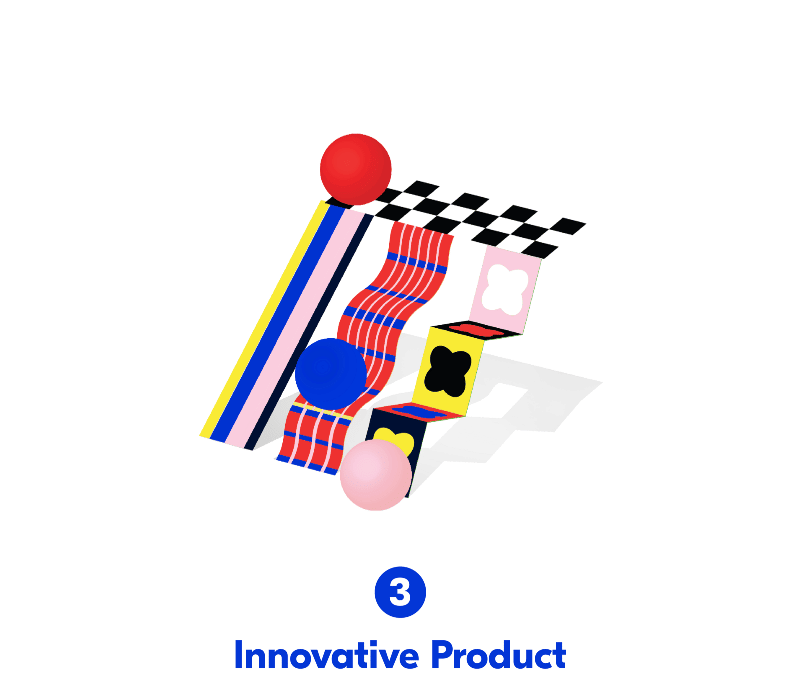
Be relentlessly dedicated to the development of innovative products and services, don’t be distracted. While this is an obvious one, it’s worth noting nonetheless given that the startup landscape is littered with cautionary tales of over-promising and under-delivering. Patagonia’s origin and initial success was anchored with innovative product, and has continued to deliver over the years by bringing new products like fleece made out of soda bottles and organic cotton to the market. They have also delivered inspiring and groundbreaking campaigns, from the “Don’t Buy This Jacket” push to its radically transparent Footprint Chronicles. I always ask entrepreneurs what is the “gift” they are going to share with the world, and how it might help improve the status quo by 10x or more.
- Recursion Pharmaceuticals: A platform that “teaches old drugs new tricks” by using high-throughput biology and AI to cure rare diseases more quickly.
- Zymergen: Engineering better microbes that make useful molecules, which are part of all the materials in our daily lives — more efficiently, reliably, and sustainably.
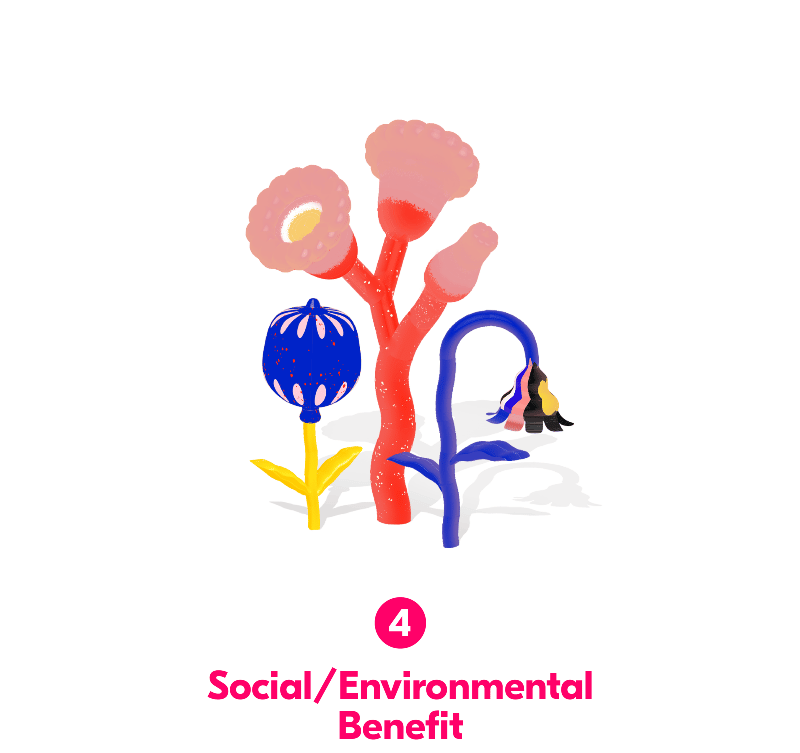
These are not simply things to be delivered after one makes money — it’s a pathway to do so. Traditionally and even recently, companies have offered social and environmental benefits to consumers through CSR and other programs unrelated to its product/services. Patagonia, however, has integrated both social and environmental benefits into its product and company DNA since day one. With consumers shifting behavior accordingly, every founder should follow suit — viewing its company as part of our social and environmental systems rather than above it. Acting in a way that adds value to the system, and in particular the consumers within, will ultimately benefit the company.
- Learners Guild: Helping fill 1.4M software development jobs by educating a new generation of students, without the risk or burden of tuition.
- Beyond Meat: Satiating our desire for meat with products like The Beyond Burger, a plant-based patty that tastes like a burger — providing an alternative to environmentally intensive animal-based farming.

Simply put, profits drive purpose — and as we used to say at Patagonia, we can’t drive our purpose without being profitable. However, growing for growth’s sake can get companies into trouble. We have seen entrepreneurs lose sight of the basics (i.e. sustained growth built on sound economic fundamentals), and the results are damaging to both purpose and profit. Patagonia has been a great example, where the company has grown significantly from the time I started, both financially and with the sustainability practices that have permeated the industry and far beyond.
- Gusto: From the beginning Gusto has been focused on “deliberate” growth understanding that “there are no shortcuts” — which has worked wonders for its purpose, and the bottom line.
- Good Eggs: After scaling too quickly, they went back to the basics of improving margins and watching overhead — and it has delivered.
Living your organization’s purpose through these four, interconnected levers is not easy. From ongoing debates about business strategy to smaller discussions on the sustainability sourcing of your shwag, all of these conversations, and how they’re resolved, matter.
While entrepreneurs may necessarily frame challenges in the immediate term, this is ultimately a long game. Doing so will enable you to have tough conversations about what it takes to survive (and thrive) over time, rather than simply “going for tomorrow.” Even when things get tough, there’s magic there — and with these interconnected parts humming together, the engine of purpose will propel your business forward.

